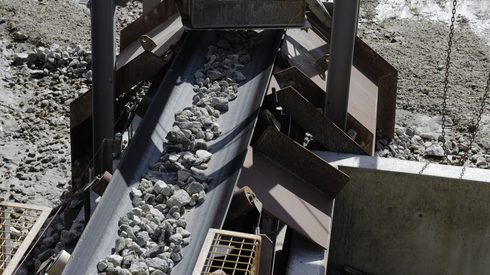The lack of rain in some regions of north Uruguay could put at risk the forecast expansion in the country’s soybean planted area for the 2020/21 crop cycle, an official at Uruguay’s agriculture ministry has told Agricensus Friday.
The official said that initial forecasts had stipulated an increase in the soybean area of approximately 10% compared with the 1 million ha planted in the previous cycle.
“Farmers in Uruguay are expected to plant more soybean this incoming crop cycle mainly due to the good prices of soybean,” he said.
However, the lack of water in certain regions brings uncertainties about the potential expansion of the soybean surface in Uruguay.
“There are drought conditions in most of the country’s agricultural regions. However, the scenario is more critical in the northern region, as farmers need to plant soybean there sooner compared to other regions,” the official added.
“In the south of the country, farmers still have time to plant soybean but more rains are needed to improve soil conditions. There have been some recent rains in the country but these were not enough to improve the scenario,” he said, adding that it was still too early to provide initial soybean production estimates for the 2020/21 cycle.
Uruguay has exported a total of 1.96 million mt of soybeans in the first nine months of the year, with 63% heading to China, compared with 2.27 million mt in the same period of 2019, when 72% headed to China, according to the local export promotion agency Uruguay XXI.
Uruguay’s 2019/20 soybean crop reached 2 million mt, well behind the initial estimate of 3 million mt, according to government data, with the lower production down to another severe drought that hit several growing regions in the south of the country.
For the 2020/21 crop season, the USDA expects total soybean production to reach 2.09 million mt.




